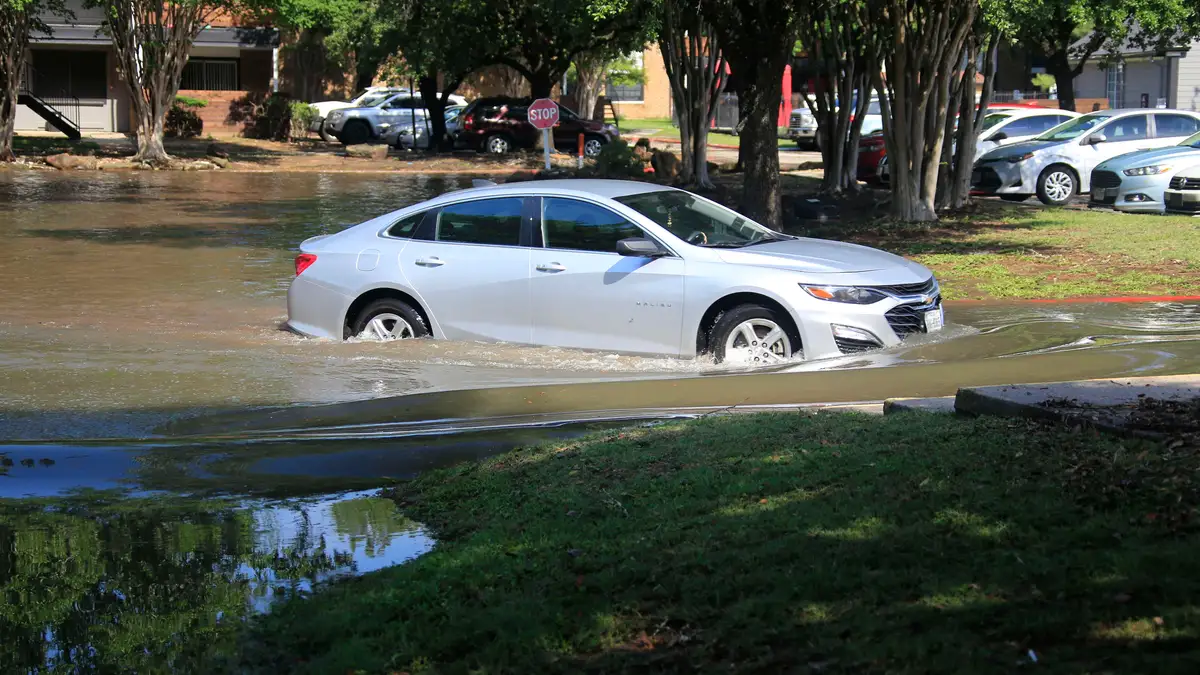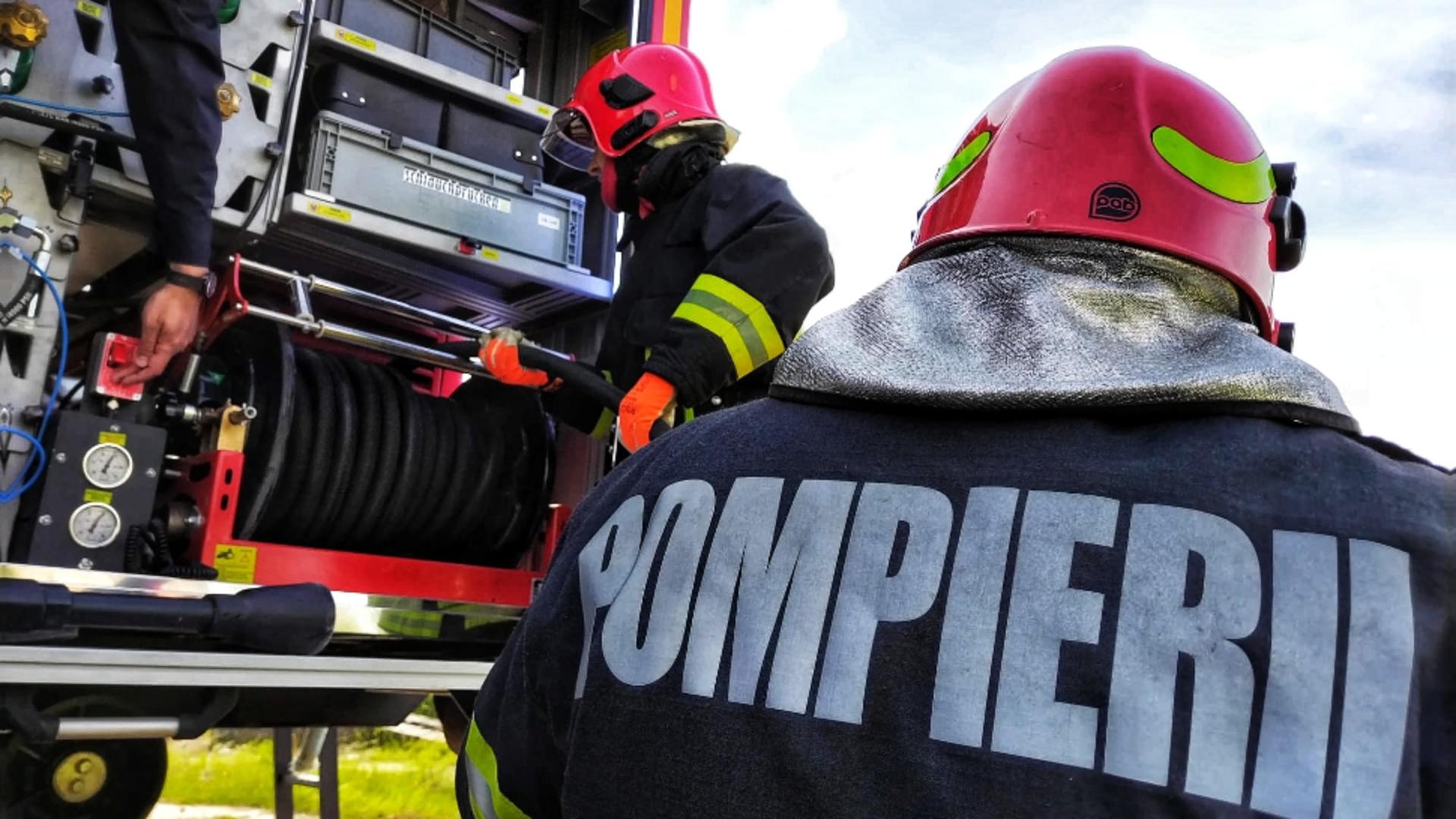20 Pomona College protesters arrested after storming, occupying president’s office
Fast Break
Susanne Rust April 6, 2024
What began as a peaceful pro-Palestinian demonstration on Friday afternoon at Pomona College, quickly devolved after protesters stormed and then occupied the college president’s office. By the end of the evening, 20 student
s
had been arrested and booked by riot-gear-wearing local police forces.
Nineteen students were charged with misdemeanor trespassing,
and one
with obstruction of justice, according to the Claremont Police Department. Police from Claremont, Pomona, Azusa, and La Verne responded to the scene.
The protest started over the college’s dismantling of a piece of student-erected pro-Palestinian protest art on campus, which had been standing since March 28.
The 32-foot-long, eight-paneled “apartheid wall” outside the Smith Campus Center was a physical and artistic protest designed to highlight “the unequal treatment of the Palestinian people living under the brutal conditions of the illegal Israeli Occupation,” and underscore the administration’s refusal to heed the will of students, who voted in February for the college to divest from companies seen as aiding Israel.
“Civil disobedience and peaceful protests by students were met with tactical gear and assault rifles,” wrote members of the Claremont Consortium Faculty for Justice in Palestine in a statement about the event. “Students who are scheduled to graduate in less than a month are being threatened with suspension for non-violent protest. This response is shameful.”
A letter sent out Friday by Gabrielle Starr, the Pomona College president, described the situation as “an escalating series of incidents on our campus, which has included persistent harassment of visitors for admission tours.”
She said protesters had refused to identify themselves to campus authorities, and had verbally harassed staff, “even using a sickening, anti-black racial slur in addressing an administrator.”
On Friday morning, students were told the campus would be taking down the wall. Many students had been camping there since the wall was erected in late March, but according to Eve Oishi, a professor of cultural studies at Claremont Graduate University, had packed up and disassembled their encampment.
Oishi said she stopped by the wall late Friday morning in order to drop off book
s
and snacks for the few students sitting at a table nearby. The
y
requested “unhealthy snacks,” she said, because they’d been living off donated and shared granola bars for days.
The wall consisted of eight wooden panels including maps of Palestinian territory since 1946, and large lettering with phrases such as “Disrupt the Death Machine,” “Apartheid College; We are all Complicit,” and “Smash Imperialism, Long Live Int’l Solidarity.”
Oishi said the wall “was not highly unusual at all” in terms of the kinds of art, installations and protests often seen around campus. “I don’t understand why it was seen as such a threat.”
At around 1:15 p.m., college staff began to take apart the wall “in preparation for events scheduled on Sunday, and in line with our policy,” wrote Starr in a statement, describing the “occupiers” as masked which is against college policy.
It was at this point, alleged Starr, that the students “proceeded to verbally harass campus staff” and used a racial slur.
According
to
a statement from the Claremont Consortium Faculty for Justice in Palestine, college staff removed half of the installations panels, while students “protected the other panels from removal.”
At 4 p.m., 18 of the demonstrators entered Alexander Hall, under false pretenses, according to Starr, and made their way up a staircase and into Starrs office.
According to a press news release from Pomona Divest Apartheid, “the 18+ students sitting in Starrs office were barricaded in by Campus Safety Officers, who positioned themselves in front of the exits.
Fifty more protesters spilled into the building in a second wave, after a protester unlocked a door to let them in. They occupied the hallway outside Starr’s office.
According to the Claremont Courier, local police arrived roughly an hour later in riot gear, and then exited with 19 arrested students.
Social media photos and videos of the events show police physically pushing student reporters out of the room, and closing window blinds to prevent them from documenting the situation.
The arrested students were taken to the Claremont Police Department, where a demonstration quickly grew.
At 12:20 a.m., the 19 students were released.
According to Oishi, the students were from Pomona, Scripps and Pitzer colleges. She said the students have been expelled from campus and “not allowed back into their dorm rooms. Some of them are a month away from graduation. They have no place to to stay. No way to eat, no way to get to finish their classes.”
In Starr’s statement, she wrote that any Pomona students involved in the protest would be subject to immediate suspension, whiles students from the other Claremont Colleges would be banned from Pomonas campus and “subject to discipline on their own campuses.”
Oishi said faculty would be looking into the “due process policies that the President used extraordinary emergency powers that were not merited, given the lack of community threat.”
She said campus security had sent out an announcement saying there was no threat to the community.
“So why were heavily armed and militarized police necessary?” she said.





